We all have bucket lists, don't we? Things we want to do before we die and if we're lucky, we'll get to tick all of them off. Well, I've just checked off the #1 item on my bucket list: seeing the Northern Lights, nature's most fascinating phenomenon. I thought I'd have to travel to Iceland or northern Norway to catch a glimpse — little did I know the opportunity would present itself on October 10, nearing midnight, while visiting my brother in Yorkshire, U.K.
I've been a lifelong photography enthusiast but I live by a simple mantra: the best camera is the one in your hands when something important happens. And that was the case with seeing the Aurora Borealis too. Armed with my trusty Google Pixel 7 Pro beside my brother with his iPhone 15 Pro Max, we filled up our galleries with hundreds of photos that we can fondly look back on.
How did we do it?
Having owned the Google Pixel 7 Pro for nearly two years now, I've always been impressed with its triple rear camera setup and it has never once let me down. The 50MP main sensor captures detailed stills, even in the dark, but it's the phone's night mode that's a savior, and it's helped me capture more stars than I ever have before. Night mode, in a nutshell, takes long exposures up to six seconds, depending on how dark it is. Similarly, my brother's iPhone 15 Pro Max also features night mode but with a longer exposure of up to 10 seconds.

When you're capturing something as fluid as the Northern Lights, you can't make your camera focus on just one point so it can be slightly tricky. Thankfully, my Pixel 7 Pro and the iPhone 15 Pro Max took the legwork out of it. All we had to do was hold our breaths to keep the phones as steady as possible to ensure the results were as shake-free as possible. I really wish I'd planned ahead and taken a tripod!
The images in the gallery above show the difference between two shots taken on the two phones. While both are lovely — and what a sight to behold — I much prefer the first one, taken on the Pixel 7 Pro, as the colors of the green pillars have been faithfully reproduced and very close to what our eyes saw.
No such thing as a "bad photo"
Photography is subjective so what's beautiful in a photo to one person might not be to another. While I often look back on photos I've taken and think, "I could have framed that better," I didn't do that while admiring the photos of the Northern Lights in my phone. When something is so beautiful that it feels like an ethereal, otherworldly experience, how can it look bad in a photo?

You can, of course, be fussy about the details in photography, even in a once-in-a-lifetime situation like this. For instance, scrutinizing how much noise crept in — and you can see a fair amount of noise in the gallery images above (the second photo was taken five minutes after the first). I didn't notice it immediately but when I opened the files on my laptop, I could see just how grainy both photos were. This is common with low-light photography where high ISO values are used to boost exposure, as even longer shutter speeds might not let enough light hit the sensor. Essentially, at high ISO or sensitivity values, your phone's camera sensor will amplify the light that does reach it, resulting in grain. Many of the best mirrorless cameras have 'bulb' modes, allowing them to keep their shutters open for longer than 30 seconds to let as much light in as possible without having to use higher ISO values.
I really like both photos but the iPhone 15 Pro Max's slightly longer exposure means it has captured a brighter image, as the sensor has opened up more to let more light in.
Pack well!

When we were driving to the Peak District National park to photograph the Northern Lights at 10pm, I didn't expect it to get so cold. The temperature dropped to 3° by midnight when the Aurora was at its brightest, and in the wilderness where there were no trees to block the cold wind, I started feeling very cold and could feel my hands going numb as I held up my phone. My Pixel 7 Pro's battery also started depleting quickly and in that moment, I wished I'd carried one of the best power banks.
So before you head out to capture the Northern Lights — or even the stars — remember to pack a warm jacket, boots, one of the best portable chargers, and perhaps a hot drink.
While the results are impressive, perhaps they would have been even better with the Pixel 7 Pro kicking into astrophotography mode, but this happens only when the phone is absolutely still. And between you and me, when I've used it in the past, the results haven't been all that different.
You'll need to get one of the best cameras to capture every minute detail but if you can't, don't fret. Like I said, the ideal camera is the one in your hands.
More from Tom's Guide
- 200-photo face-offs: All of our head-to-head camera phone comparisons
- I took over 200 photos with the iPhone 16 Pro Max vs. Google Pixel 9 Pro XL — here’s the winner
- Best camera phones in 2024
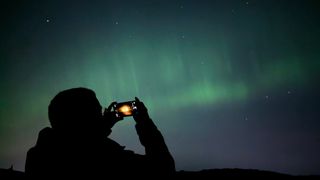
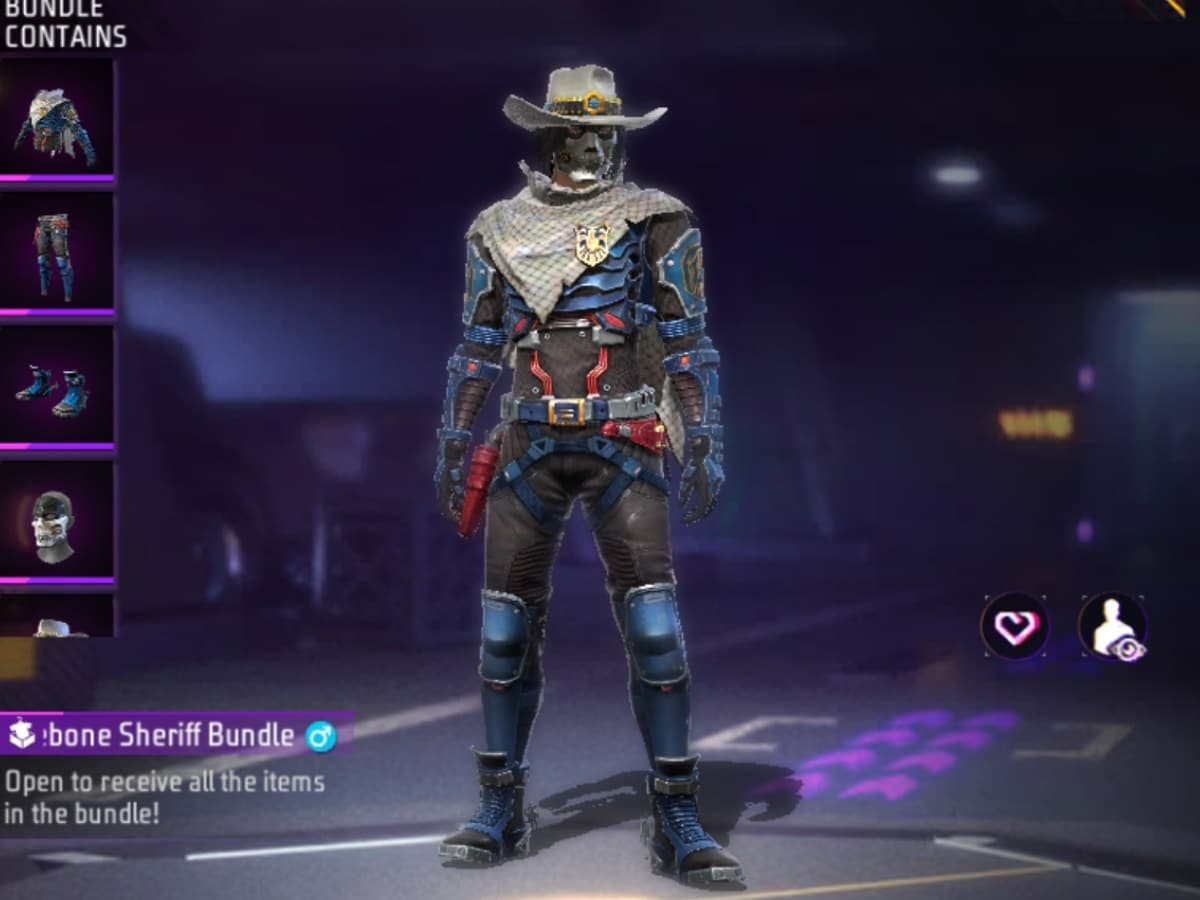

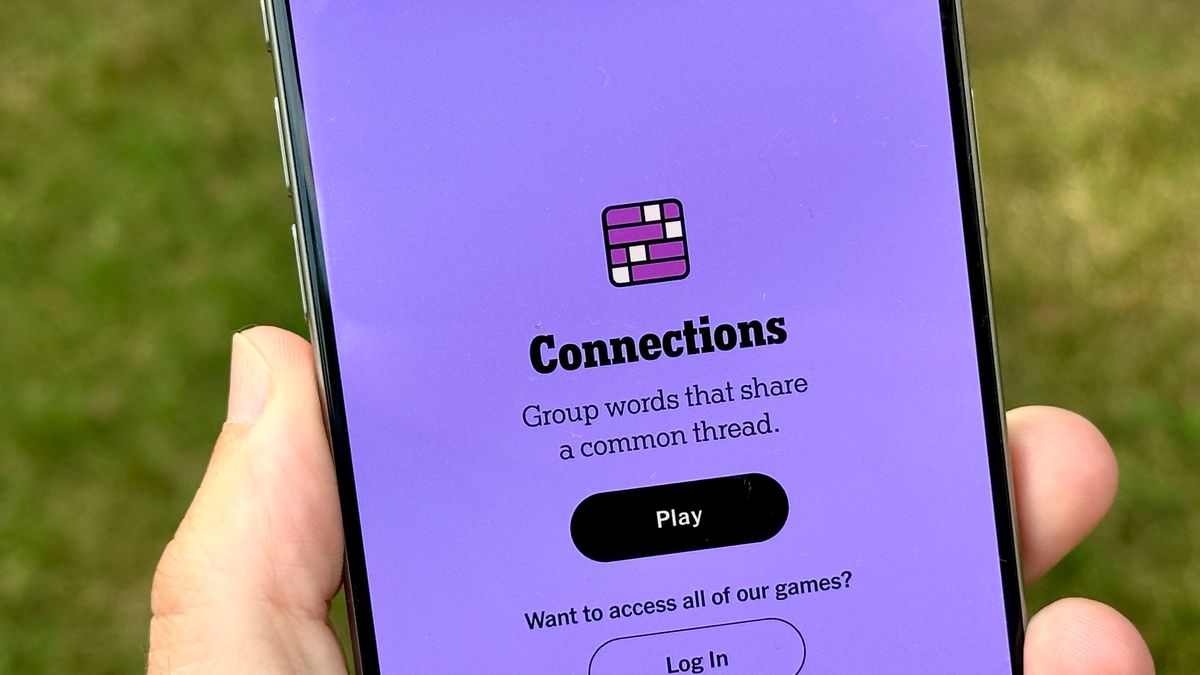
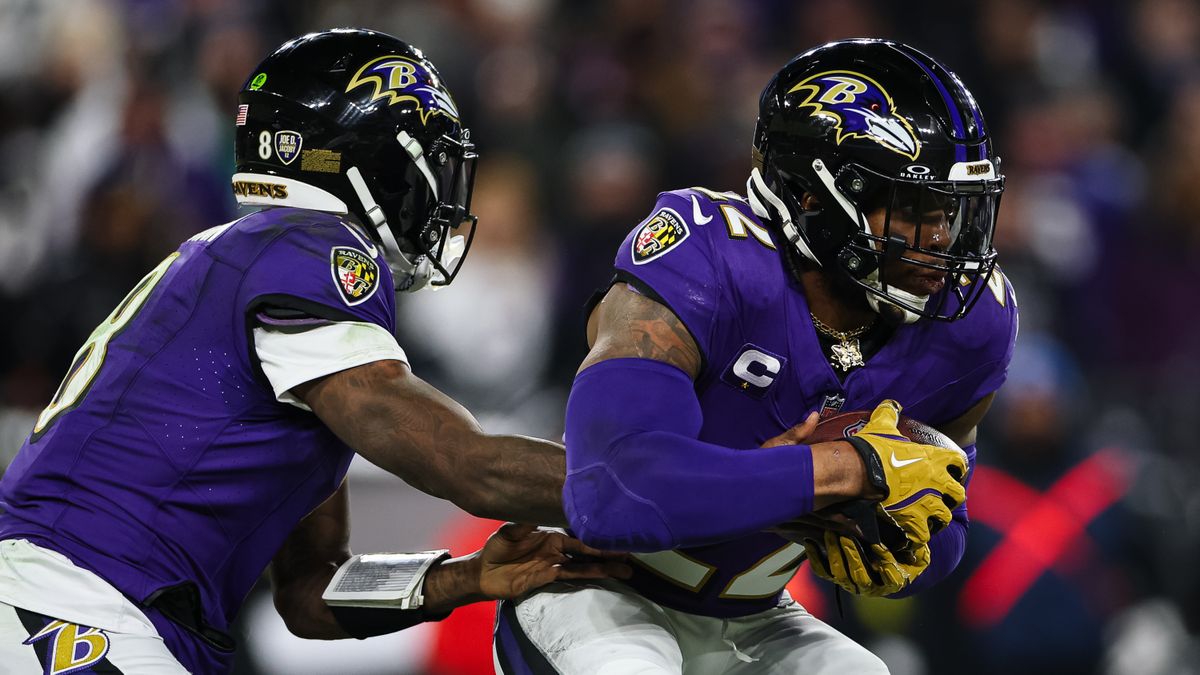
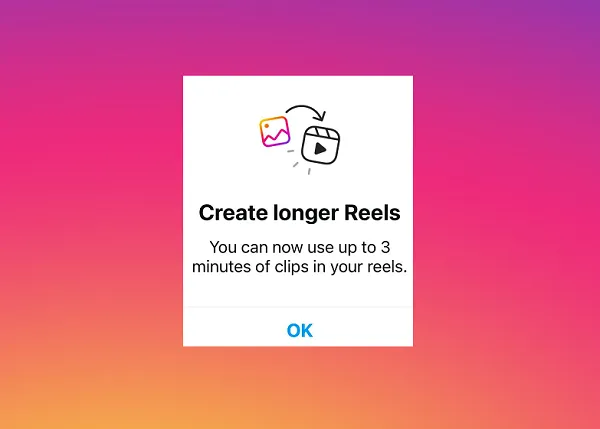
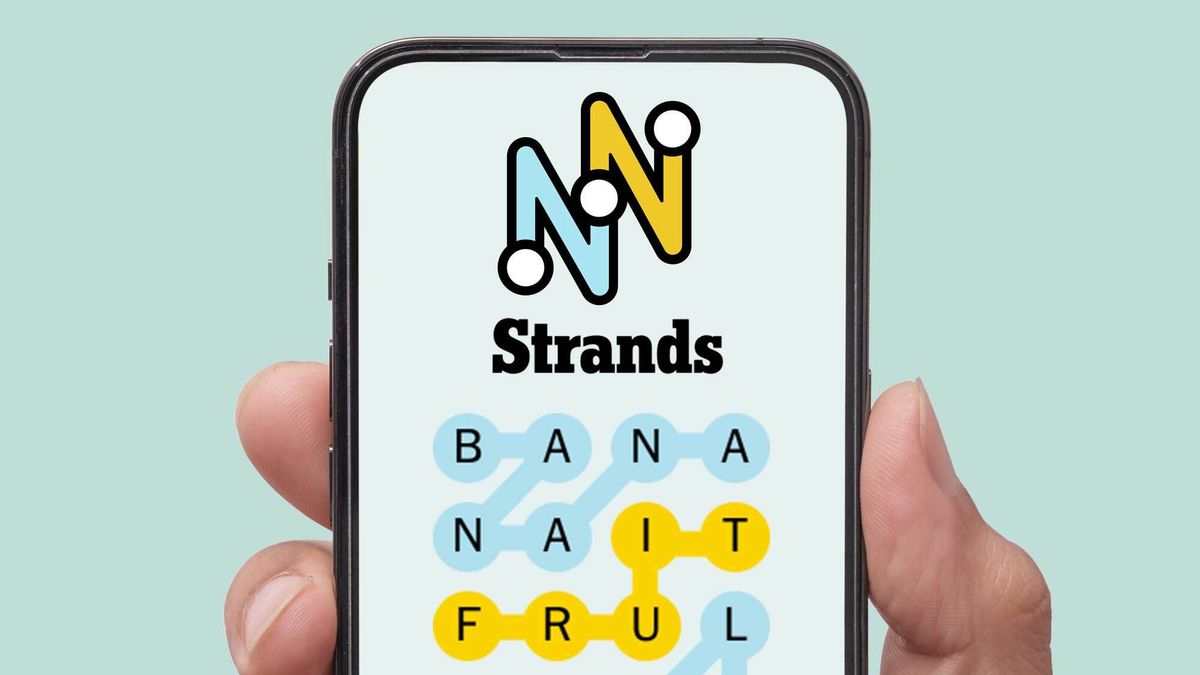
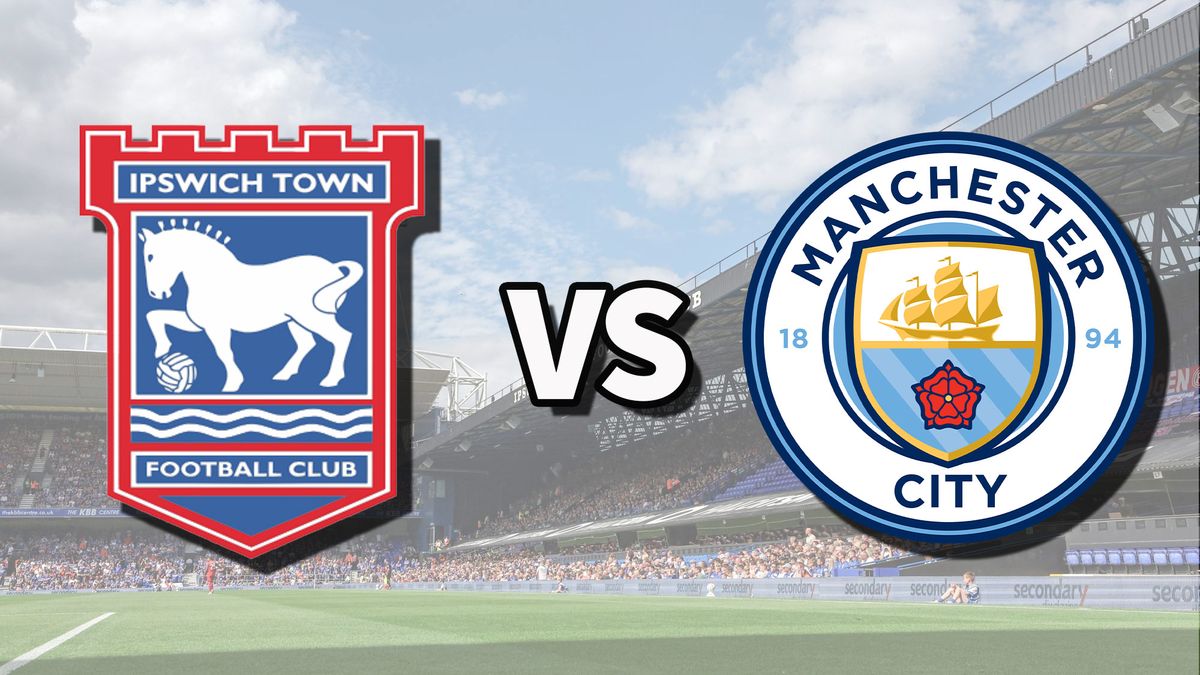

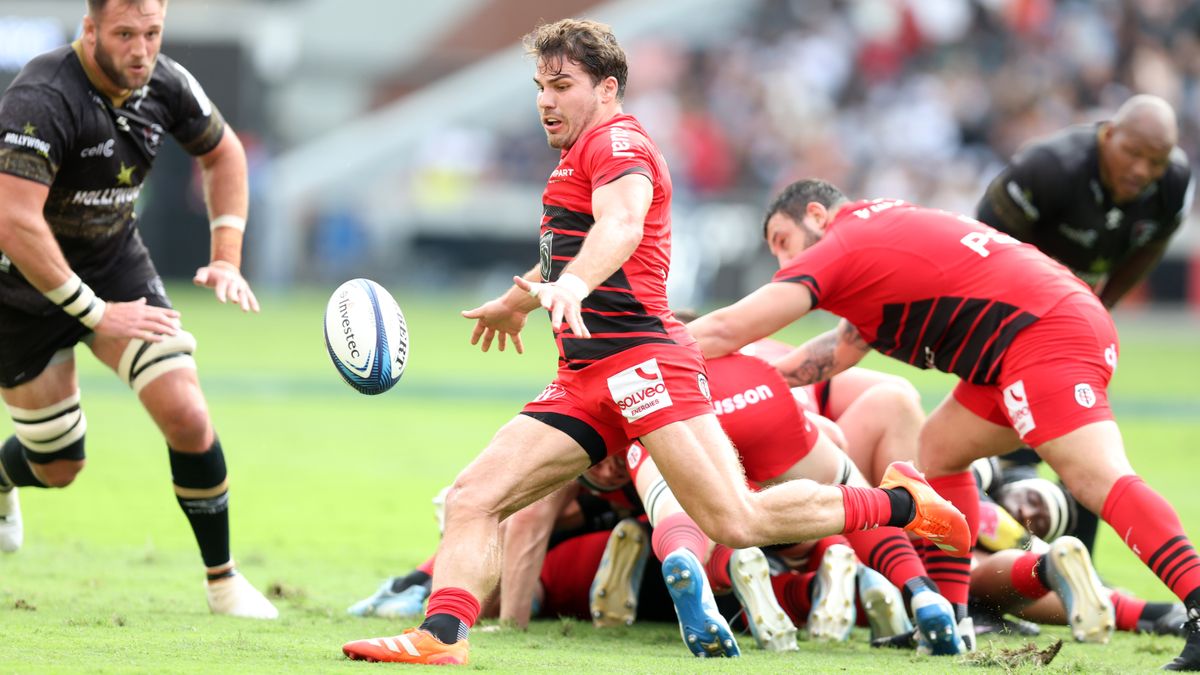
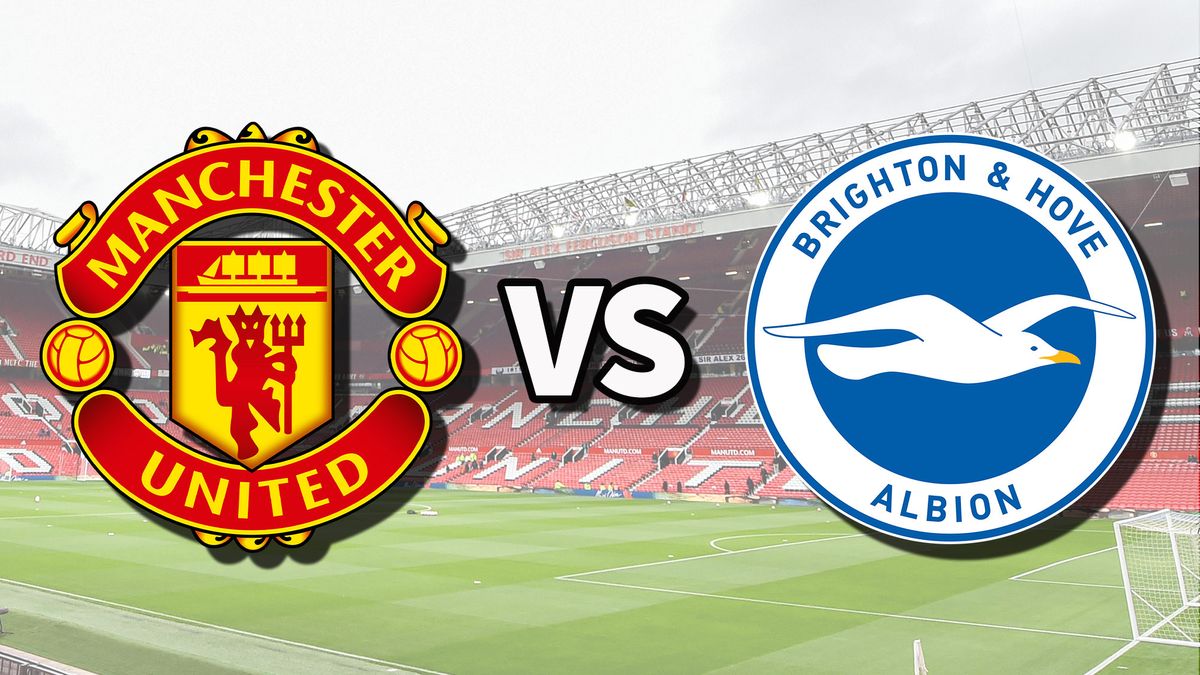
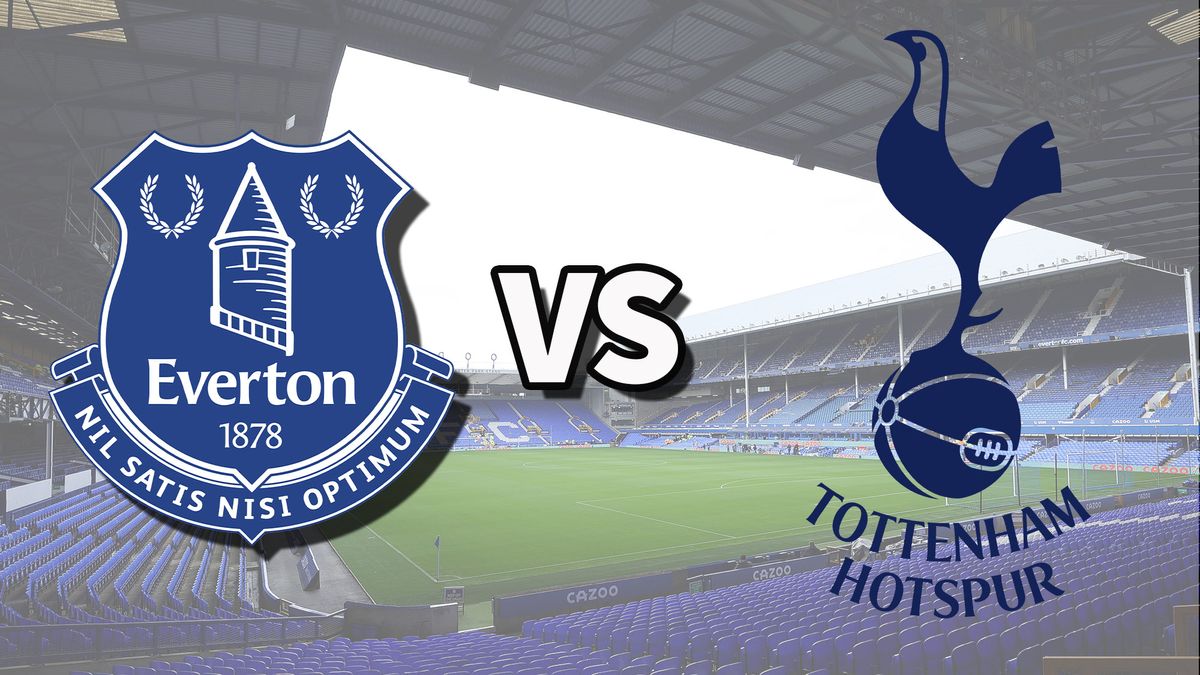









 English (US) ·
English (US) ·